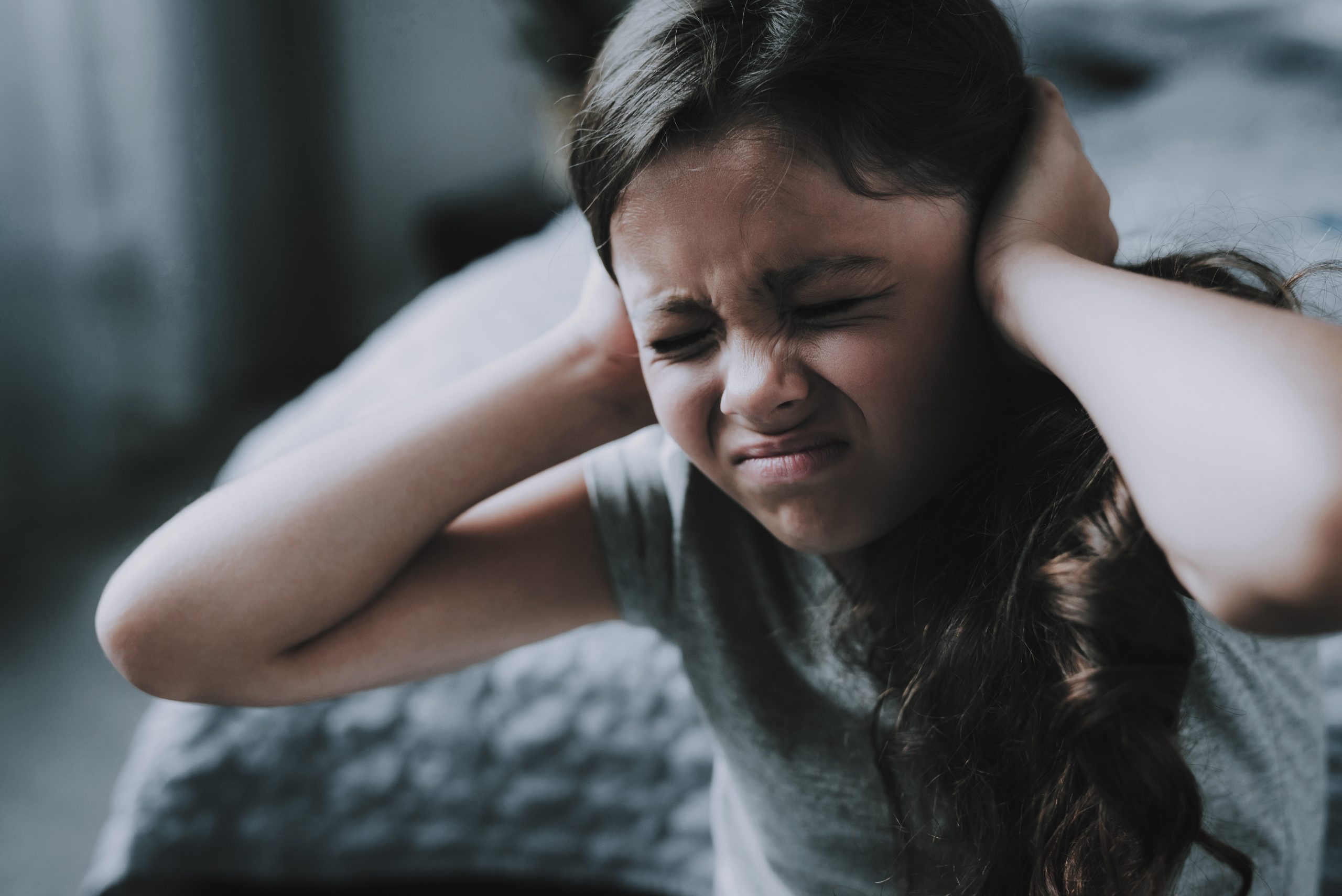
123rf
Raising a daughter comes with its unique set of challenges and joys. Communication is key to navigating this journey successfully, especially before your daughter hits the teenage years. Here are ten essential conversations every mother should have with her daughter before she turns 13. These talks can help set the foundation for open lines of communication, trust, and mutual respect as she grows into adolescence.
1. Understanding Body Changes

123rf
Puberty can be a confusing time for your daughter. Start conversations about body changes early, explaining what she can expect in the coming years. Reassure her that these changes are natural and something everyone goes through. Discuss menstruation openly, debunking myths and setting a positive tone about her body’s capabilities. Offer guidance on hygiene products and how to use them. Encourage her to ask questions anytime she feels uncertain or needs more information.
2. The Importance of Consent

123rf
Teach your daughter about the importance of consent, emphasizing that her body belongs to her and she has the right to say no. Explain that consent applies in all aspects of life, from borrowing personal items to physical touch. Use age-appropriate language to discuss how to express and respect boundaries. Encourage her to talk about her feelings and reassure her that you are always there for support. Role-play different scenarios where she might need to assert her boundaries. Highlight that mutual respect is the cornerstone of any healthy relationship.
3. Online Safety

123rf
In today’s digital world, online safety is crucial. Discuss the basics of internet safety, like not sharing personal information and the risks of talking to strangers online. Talk about the permanence of the internet, where things can’t just be ‘deleted’ and might resurface. Encourage critical thinking about the content she consumes and shares. Teach her about cyberbullying, what it looks like, and what to do if she encounters it. Set up rules for internet use together, making sure she understands why they are important.
4. Healthy Relationships

123rf
Discuss the characteristics of healthy versus unhealthy relationships, not just romantic but also friendships. Teach her how respect, trust, and communication are the foundations of a good relationship. Talk about red flags in friendships, such as feeling drained or uncomfortable. Encourage her to choose friends who make her feel good about herself. Explain how she can be a good friend to others. Stress the importance of empathy and kindness in all interactions.
5. Coping with Emotions

123rf
Help your daughter understand and manage her emotions. Teach her that all feelings are valid and it’s okay to express them in a healthy way. Discuss different ways to cope with stress, sadness, or anger, like talking to someone, writing in a journal, or doing something creative. Encourage her to come to you when she’s overwhelmed. Teach basic mindfulness exercises that can help her calm down when feeling anxious. Emphasize the strength in asking for help when needed.
6. The Value of Education

123rf
Talk about the importance of education and how it can open doors to her future. Encourage her curiosity and support her interests, whether they’re academic or more creative. Discuss goal setting and the satisfaction of achieving those goals through hard work and dedication. Explain how education is not just about grades but developing her understanding of the world. Encourage her to ask questions and seek knowledge, both in and out of school. Highlight examples of strong women in various fields to inspire her.
7. Self-Esteem and Body Image

123rf
Discuss the influence of media on body image and self-esteem. Encourage her to love and accept her body as it changes. Talk about the diversity of beauty standards across different cultures and times. Teach her to critically analyze media messages and resist unrealistic standards. Share your own experiences with body image, making it relatable. Encourage activities that make her feel good about herself, regardless of appearance.
8. Financial Literacy

123rf
Introduce basic concepts of money management, like saving and budgeting. Discuss the importance of financial independence and making informed spending decisions. Teach her how money works in everyday life, such as shopping and saving for something special. Encourage her to set aside money from allowances or gifts as savings. Explain the basics of earning money through chores or small jobs suitable for her age. Make financial literacy fun by involving her in family budgeting activities.
9. Personal Hygiene

123rf
Discuss the importance of personal hygiene as she grows. Explain how taking care of her body is part of respecting herself. Teach her the basics of daily hygiene practices like showering, using deodorant, and oral care. Discuss changes in hygiene needs as she grows and why they are important. Make hygiene a routine part of life that doesn’t feel embarrassing or overwhelming. Provide her with the tools she needs to feel confident in taking care of her body.
10. Respecting Diversity and Inclusion

123rf
Teach your daughter the value of diversity and the importance of inclusion. Discuss different cultures, religions, and lifestyles in a way that is respectful and open. Explain the harm caused by stereotypes and prejudices. Encourage her to be curious about differences and to ask questions respectfully. Share stories or examples of inclusivity and why it matters. Teach her to stand up against discrimination in a constructive way.
Continuing the Conversation

123rf
The conversations you start with your daughter before she turns 13 will set the groundwork for a trusting and open relationship. Keep these dialogues ongoing and evolving as she grows, and her world expands. Remember, these discussions are not just talks; they’re the building blocks of her understanding of the world and her place within it.

Latrice is a dedicated professional with a rich background in social work, complemented by an Associate Degree in the field. Her journey has been uniquely shaped by the rewarding experience of being a stay-at-home mom to her two children, aged 13 and 5. This role has not only been a testament to her commitment to family but has also provided her with invaluable life lessons and insights.
As a mother, Latrice has embraced the opportunity to educate her children on essential life skills, with a special focus on financial literacy, the nuances of life, and the importance of inner peace.